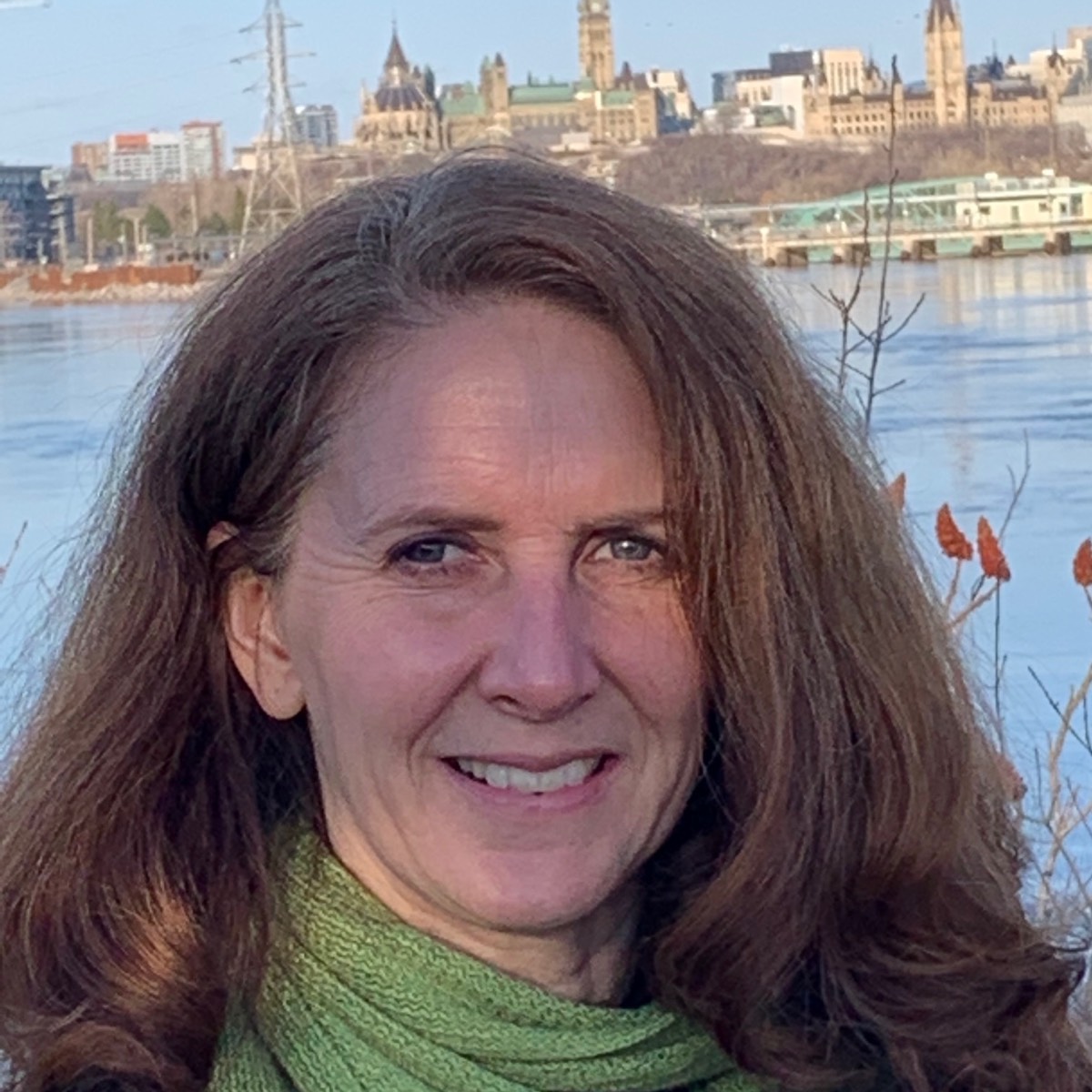
On Sept. 30, Canada’s first National Day of Truth and Reconciliation, Parliament Hill was awash in orange.
It’s the colour of the special shirt that six-year-old Phyllis Jack Webstad’s granny bought her, taken away from her when she arrived at a B.C. Indian Residential School in 1973. As participation in Orange Shirt Day spread across Canada in recent years, the colour became a reminder of the ways the schools took culture and self-esteem from generations of Indigenous children and a reclaiming of what was taken. And it is the colour of the declaration that “Every Child Matters,” emblazoned on flags and T-shirts worn by Indigenous and non-Indigenous people at the Parliament Hill gathering and others like it across the country.
The colour and that declaration took on more meaning and power after the Tk’emlúps te Secwépemc First Nation announced that they had found 215 unmarked graves on the grounds of the former Kamloops Indian Residential School and in the months since as more unmarked graves have been located at more school sites.
“Today, we are gathered to honour all those children who did not make it home,” Algonquin Elder Claudette Commanda’s said with her voice breaking slightly as she told the crowd on the Hill,” 215 little voices woke the country, 215 voices spoke to the world….Let us hold those children in our hearts forevermore and hold all the children that will continue to be found. Let us hold all the children who made it home, you the survivors.
“Today, we come together. September 30 marks a National Day of Truth and Reconciliation,” she added in a powerful address, holding eagle feathers. “It is a day to reflect. It is a day to honour. It is a day to grieve. It is a day to mourn. It is a day to shed tears for tears speak of love….Let our tears flow from our heart and our spirit for the survivors of Indian Residential Schools. And we know there are other traumas too of those policies — day schools, 60s scoop, child welfare system, the dispossession of our lands, natural resources, the broken promises of treaties, missing and murdered Indigenous women…. We must speak about these uncomfortable truths.”
Commanda added, “It’s a time when Canada must come together to learn, to listen and to understand. And my prayer for everyone who is here — for the families, for the survivors, for the children, is that there will be listening, open your hearts, listen, open your spirit to hear, open your mind to understand. And as we come to this process of understanding, there is acknowledgement, then truth, and then reconciliation and healing.”
The gathering at Parliament Hill, called “Remember Me,” which included Indigenous drummers, singers and poets, was organized by the Indigenous Art Collective of Canada. Jenny Šâwanohk Sutherland welcomed everyone on behalf of the Art Collective. “We are so full of emotion today, as we have been in the many days leading up to this event — sorrow, hope and so much love, especially as I look at all of you who have gathered with us today,” she said.

Sutherland, a granddaughter of residential school survivors and an Indigenous healer, said she has been studying residential schools for a long time in order to “understand how to better support the healing of my people, how to bridge together the Indigenous and non-Indigenous communities, so we can mend our broken relationships and learn to respectfully and lovingly put our minds and hearts together to do what is in the best interest of our children, but that means all children and the land, which we all need to exist.”
But, she added, “I have learned that we cannot heal from past mistakes when they are existing presently in the systemic racism that this country was founded on. When there is such a lack of awareness, knowledge, truth and understanding, how can we reconcile?…Thousands of children dying at residential schools is genocide. And that’s why we need a day like Remembrance Day, a day like today.”
Sutherland reminded the crowd that the ceremony was not intended as a protest but as a peaceful gathering to remember and honour Indigenous children and families affected by residential schools and other child apprehension programs.
‘We remember the children who never returned home. For many years, the Indigenous community has been asking for residential school grounds to be searched, so with the uncovering of the 215 children at Kamloops, the nation is finally awakening to our story. And I can feel you feeling us, finally, our anguish, our pleas, and there is a collective wound here too of shame….So let us hold you in sacred space today, for you to mourn with us, mum to mum, auntie to auntie, grandmother to grandmother, neighbour to neighbour, heart to heart.”
Archdeacon Chris Dunn, Incumbent of All Saints Westboro, attended the ceremony and said he was encouraged to see people from all walks of life, including many non-Indigenous people, coming to listen and learn, wearing orange in solidarity. “We have a long way to go,” he said.
After listening to the speakers and performers, organizers led a procession of survivors, families and then supporters in a walk from Parliament Hill to Confederation Park where the day’s events continued.


St. James, Morrisburg — Stormont Deanery